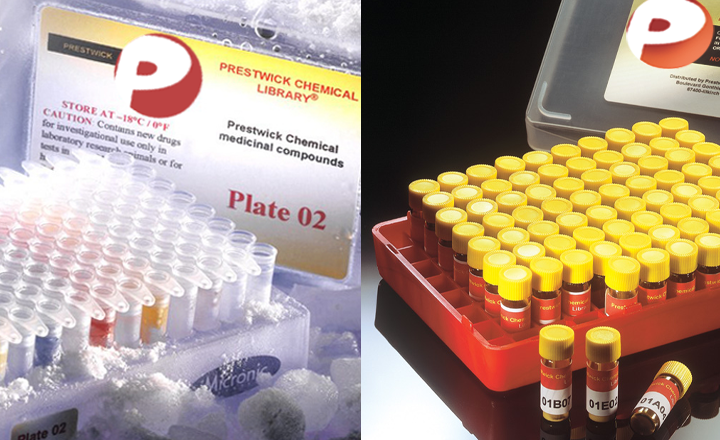Inhibition of the enzymatic activity of heme oxygenases by azole-based antifungal drugs.
Kinobe RT, Dercho RA, Vlahakis JZ, Brien JF, Szarek WA, Nakatsu K
The Journal of pharmacology and experimental therapeutics - vol. 319 277-284 (2006)
The Journal of pharmacology and experimental therapeutics
Ketoconazole (KTZ) and other azole antifungal agents are known to have a variety of actions beyond the inhibition of sterol synthesis in fungi. These drugs share structural features with a series of novel heme oxygenase (HO) inhibitors designed in our laboratory. Accordingly, we hypothesized that therapeutically used azole-based antifungal drugs are effective HO inhibitors. Using gas chromatography to quantify carbon monoxide formation in vitro and in vivo, we have shown that azole-containing antifungal drugs are potent HO inhibitors. Terconazole, sulconazole, and KTZ were the most potent drugs with IC(50) values of 0.41 +/- 0.01, 1.1 +/- 0.4, and 0.3 +/- 0.1 microM for rat spleen microsomal HO activity, respectively. Kinetic characterization revealed that KTZ was a noncompetitive HO inhibitor. In the presence of KTZ (2.5 and 10 microM), K(m) values for both rat spleen and brain microsomal HO were not altered; however, a significant decrease in the catalytic capacity (V(max)) was observed (P < 0.005). KTZ was also found to weakly inhibit nitric-oxide synthase with an IC(50) of 177 +/- 2 microM but had no effect on the enzymatic activity of NADPH cytochrome P450 reductase. Because these drugs were effective within the concentration range observed in humans, it is possible that inhibition of HO may play a role in some of the pharmacological actions of these antimycotic drugs.


